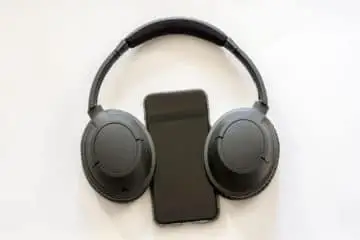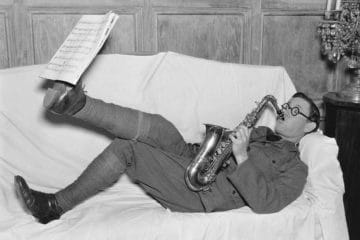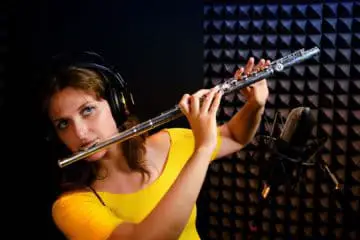When you have an eight-string guitar to play, you have two more than the usual six or an additional one over the Russian 7-string design. The eight-string guitar is an uncommon construction. You’ll find it used most often in the metal, jazz, or classical genres. When you play on eight […]
Recent Posts
House vs. Techno: What Is the Real Difference?
House and Techno music are parts of the electronic dance music (EDM) revolution in the early 1980s. The world was transitioning from the disco era during that time in music history. Hair bands and rock were quite popular, but they weren’t a favorite option for everyone. While DJs in the […]
Realtek ALC1200 Demystified
Realtek Semiconductor Corp is a fabless manufacturer located in Hsinchu, Taiwan. The company was founded in 1987, but it didn’t become a public corporation until 1998. The product lines sold by Realtek fall into three basic categories. Computer peripheral ICs. Multimedia ICs. Communication network ICs. Before the pandemic, Realtek employed […]
Sony MH755 Review: Budget IEM
The Sony MH755 is the unicorn of the in-ear monitor (IEM) world. They aren’t retailed individually, which means you must purchase one secondhand or purchase a mobile device that comes with this product. The included accessories for the Sony MH755 are relatively sparse. It comes with three pairs of tips […]
Factory Buyout Clearance Sale
If you are familiar with Guitar Fetish, you might have heard about their epic factory buyout clearance sale. They have had one available almost every year since 2014, even though the website says explicitly that these are limited opportunities. You can find factory buyout bodies, guitars, basses, necks, and acoustics […]
Guitar Shop 101: Happy Little (String) Trees
Most musicians don’t give a second thought to string trees unless a problem develops with their guitars. Even then, many players haven’t heard of this small, but essential component. When there is insufficient pressure on a string because of the way it sits in the nut, the guitar sounds more […]
Top 10 Country Songs with Bass Lines
The bass line is the backbone of almost every country music composition. It might not offer the glitz of a guitar solo or the glamor of the drums, but it is still noticeable when it is missing. You can tell a country song has a great bass line because it […]
Why Does My Bluetooth Headset Keep Disconnecting?
Demand for wireless headphones has increased dramatically since the release of Apple’s AirPods. Although Bluetooth® technology delivers an impressive option for all audio types, it still suffers from some annoying problems. The most common complaint that people have with Bluetooth headsets involves the seemingly random way they disconnect from the […]
What’s the Strangest Music You’ve Ever Heard?
When you turn on the radio, there’s an expectation that the music you’ll hear is polished, mastered, and catchy. You expect something thought-provoking or relatable with a hook that makes you want to listen or sing along. Although the music that fits into popular genres is often profitable, it can […]
How Do You Record a Flute Solo?
The flute might be famous for solos thanks to movies like Anchorman: The Legend of Ron Burgundy, but it isn’t an easy instrument to record. Flutists produce unique sounds that can create some unfamiliar challenges for audio engineers. Not only are the notes often hollow and breathy, but they also […]










